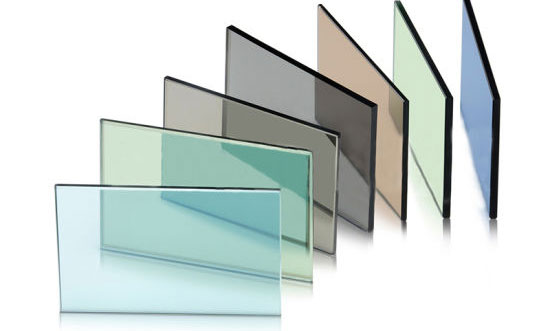Home » Blog » How are grey, bronze, green and blue tinted glass manufactured ?
Posted on : 27-08-2020 Author : Rumi Zaheer

Tinted float glass is made by adding metal oxides during melting of sand to make it glass (Silicon dioxide) in the hot furnace. The most common tinted glasses available in the market are grey and bronze apart from that green and blue are also available. Tinted float glass are used as decorative glass, table top glass in furniture, windows and doors and also in automotive. Tinted glass transmits very less light and heat compared to clear glass thus used in doors and windows to reduce sunlight and heat. Like clear glass, tinted glasses can also be toughened (tempered) by heat processing without losing any characteristics.
Cobalt oxide (CoO) is the additive used to manufacture grey tint glass, this compound is mixed with raw material. Grey float glass characterised by its low light transmission and of low solar heat and glare, Used in furniture and interior and exterior decor.
Float Glass thickness ranges from 4 - 12mm
Selenium oxide (SeO2) is the additive used to manufacture bronze tint glass, this compound is mixed with raw material at the time of manufacturing. Characterised by its low light transmission and of low solar heat and glare.
Float Glass thickness ranges from 4 - 12mm
Iron oxide (Fe2O3) is the additive used to manufacture green tint glass, Iron oxide is commonly found in glass, usually all float glass, other than low-iron ultra clear glass has a light green tint.
Proportionally more Cobalt oxide (CoO) gives blue tint to glass. These glass are used mostly in interior decoration, bottles and vases, decorative utensils.
Other common additives used to tint glasses are
Manganese Dioxide to get Purple tint
Nickel Oxide to get Violet tint
Uranium Oxide Fluorescent Yellow, Green: Uranium glass was used usually in decorative glasswares